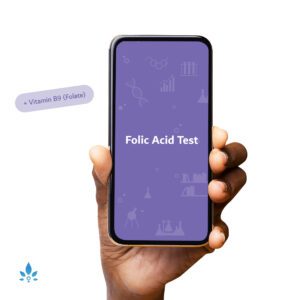Adenovirus: Recognising and Treating Adenovirus in Children


Due to recent outbreaks covered in the news media, many parents have concerns about Adenovirus. With misunderstanding comes fear, so here is what you need to know to keep you informed and your children safe.
Adenoviruses are a family of viruses that cause a variety of illnesses in both children and adults. Most often, they affect the respiratory tract but can also play a role in intestinal illnesses or even urinary tract infections. Adenovirus infections are most common in the late winter and spring months.
Usually, the symptoms of adenovirus resemble a common cold or upper respiratory infection. These can include runny nose, congestion, sore throat, watery eyes, and cough. Adenovirus is typically associated with a fever, which can last for several days. Some children will develop red eyes, known as conjunctivitis, which can be quite striking as it tends to look much more severe than typical pink eye. Some strains of adenovirus affect the lining of the stomach and intestines, causing diarrhoea and stomach cramps. Occasionally the virus can affect the lining of the bladder, causing blood in the urine. Rarely, children can develop encephalitis or meningitis, an infection in or around the brain.
Your child’s paediatrician will often presume a diagnosis of adenovirus if the above symptoms are present, although many of these symptoms occur in other viruses as well. While there are tests to determine which virus is causing your child’s symptoms, they are rarely used because there is no treatment for a virus other than supportive care measures. You can use fever reducers such as acetaminophen or ibuprofen, saline spray in the nose to help with congestion, and encourage your child to drink plenty of fluids. If your child has a severe infection, he/she may be sent for lab testing, which may include a viral panel. If necessary, Adenovirus testing can be performed on the blood, urine and stool.
Most children recover without incident after an adenovirus infection. Children who have a compromised immune system, or children who have chronic medical problems, may suffer a prolonged course. Occasionally in these children, adenovirus can be quite severe or even fatal.
Like any other virus, adenovirus is spread by person-to-person contact. There are a variety of ways you or your child could be exposed:
- Breathe in respiratory droplets that are sneezed or coughed into the air by an infected person.
- Touch the hands of an infected person.
- Touch a contaminated surface such as a toilet or door handle.
Once a child’s hand’s become contaminated with the virus, the illness can quickly spread when he or she puts hands into the mouth, nose, or eyes. Children in close contact with others, such as in a daycare, school or camp, are particularly at risk of spreading the infection.
There is also no way to prevent the spread of Adenovirus infection. The best way to protect your children is by emphasizing good hand hygiene from an early age. Also teaching them to cough or sneeze into their elbow instead of into their hands, and to wash their hands right away can help curb the spread of infection.
Sources:
- American Academy of Pediatrics, Adenovirus.
- American Academy of Pediatrics, Adenovirus Treatment.
- Pediatrics In Review, Adenovirus.
Powered by Bundoo®











































